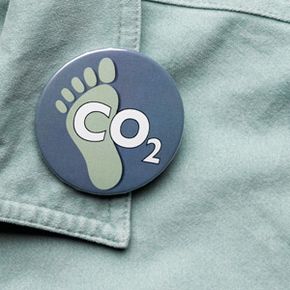Many of the tools we use today make modern life extremely convenient. Something as simple as a coffee maker, for instance, lets us make coffee almost instantly and as often as we want. Bigger and more seemingly impressive things, like cars and computers, have changed our lives dramatically, making it easier for us to travel greater distances or gather information at the click of a button.
But even though we probably don't think about it every time we use one of these things, the convenience most gadgets offer comes with a cost, both environmentally and economically. Whenever we turn on a light, watch television or drive to work, we're using energy. To create most of this energy, we have to burn fossil fuels like oil, natural gas and coal, all of which release carbon dioxide (CO2) into the atmosphere. CO2 is one of the greenhouse gases, which trap heat from the sun in our atmosphere and contribute to global warming -- raising temperatures around the globe.
Advertisement
In recent years, people have used the term carbon footprint to loosely describe the way people create direct and indirect carbon emissions. For the purposes of this article, we'll talk about carbon footprints in terms of the individual. Therefore, a person's carbon footprint is simply a measure of how much CO2 someone produces while doing everyday things.
CO2 output is measured in pounds, and the average emissions per person in the United States, according to the U.S. Environmental Protection Agency, is 20,750 pounds per year [source: EPA]. Of course, everyone is different. But whether you're above, below or at that average, it's still possible to reduce your technology carbon footprint, and many people are taking steps to reduce. This not only lowers the amount of CO2 entering the atmosphere but also gives us a little bit of economic reassurance, since we save money by spending less on energy.
Advertisement




